After a rocky few years, Vermont State University tries to find its footing
| Published: 06-30-2023 9:01 AM |
Over the past three months, Mike Smith, former secretary of the Vermont Agency of Human Services, has quite literally gone back to school.
Smith, the interim president of Vermont State University, has made a point of spending time on the university’s multiple campuses: working out in the gym, eating in cafeterias and even staying the night in dorms.
Smith is quick to point out that he does not stay in a standard dorm room — it’s a separate, single resident assistant’s room, with its own bathroom and kitchenette — but it does entail sleeping in a bunk bed, which “has taken a while to get used to,” the 69-year-old said.
“I just felt that I needed to have (students’) experience to understand what they were talking about,” he said. “It connects me to them in a way that I can’t get connected if I’m sitting in an office.”
Over the years, Smith has gained a reputation for being a steadying hand at the helm of struggling institutions — Fairpoint Communications, the Enhanced 9-1-1 Board, Burlington College. That work has earned him the moniker of “interim fixer-in-chief.”
Now, Smith has come out of retirement for one more job: president of Vermont State University, an already beleaguered new public university created through the merger of three schools within the Vermont State Colleges system.
The institutions that will make up Vermont State University — Castleton University, Northern Vermont University (with campuses in Johnson and Lyndon) and Vermont Technical College — have endured years of declining enrollment, multimillion-dollar deficits and chronic state underfunding.
What’s more, the official launch of Vermont State University, scheduled for Saturday, has been overshadowed by a series of headline-grabbing stumbles: controversial plans to downgrade athletic programs and remove books from libraries, a double-digit percentage drop in enrollment and the abrupt resignation of the original president.
Article continues after...
Yesterday's Most Read Articles
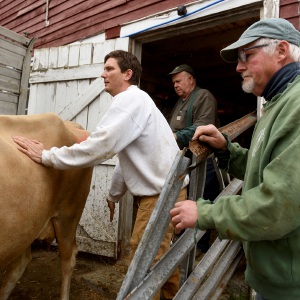 Herd departs Hartford’s last remaining dairy farm
Herd departs Hartford’s last remaining dairy farm
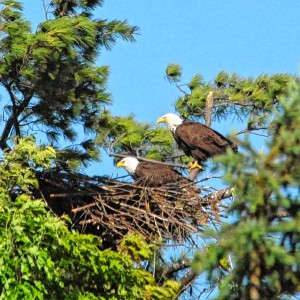 Bald eagles are back, but great blue herons paid the price
Bald eagles are back, but great blue herons paid the price
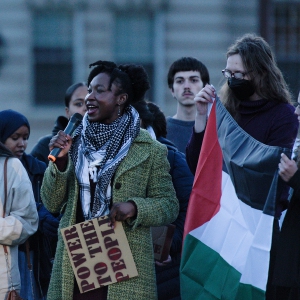 At Dartmouth, hundreds protest ongoing war in Gaza and express support for academic freedom
At Dartmouth, hundreds protest ongoing war in Gaza and express support for academic freedom
 Kenyon: What makes Dartmouth different?
Kenyon: What makes Dartmouth different?
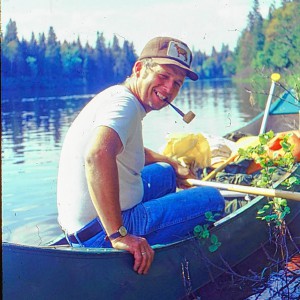 A Life: Richard Fabrizio ‘was not getting rich but was doing something that made him happy’
A Life: Richard Fabrizio ‘was not getting rich but was doing something that made him happy’
Now, just days away from launch, the question remains: With the fixer-in-chief at the wheel, can Vermont State University get up and running smoothly?
To the unfamiliar, the sprawling campuses of the Vermont State Colleges can resemble something of an institutional Russian nesting doll.
In 2018, Johnson State College merged with Lyndon State College to create Northern Vermont University. On Saturday, Northern Vermont University will join with Castleton and Vermont Technical College to become Vermont State University, or VTSU. VTSU and the Community College of Vermont will together make up the Vermont State Colleges system.
That convoluted structure underscores Vermont’s fraught higher education climate. In 2019 and 2020, four small colleges in Vermont — Green Mountain College, Southern Vermont College, The College of St. Joseph, and Marlboro College — all shut their doors. Each institution had its own unique challenges, but they shared a clear common denominator: The state simply does not have enough students.
Vermont’s slowing birth rate and aging population have translated into dwindling college enrollment across the state. At Vermont State University, where in-state students make up roughly 80% of its member campuses’ enrollment, those demographic forces are particularly threatening.
By comparison, only about 30% of the University of Vermont’s 2023 graduating class hailed from its home state, according to university spokesperson Adam White.
What’s more, Vermont has spent years at the bottom of national rankings when it comes to state funding for higher education, contributing to some of the highest tuition rates for public colleges in the country.
“You can’t underestimate the damage that was done for all those years in which the institutions were not adequately funded,” said Steve Howard, executive director of the Vermont State Employees Association, the union that represents staff members at the state colleges.
Those twin crises came to a head in the spring of 2020. COVID had sent students home for remote learning and the state colleges were refunding millions in room and board fees. Administrators were expecting a steep enrollment drop and ballooning deficit, and the system seemed on the verge of collapse.
That April, Jeb Spaulding, then the chancellor of the Vermont State Colleges, proposed a radical reorganization of the university system: Shut down Northern Vermont University altogether, close Vermont Technical College’s Randolph campus and cut 500 jobs.
That plan sparked an immediate backlash, and before the month was through, the chancellor had withdrawn the proposal and announced his resignation.
But in an interview last week, Spaulding stood by his plan: “I still think that was a good idea,” he said.
Vermont’s demographics, he argued, simply cannot support a system as sprawling as the state colleges. The consolidation of the universities into Vermont State University “will improve the odds that we can keep those campuses somewhat open,” he said. “But it wouldn’t surprise me to see them end up in the same kinds of decisions we made, somewhere down the road.”
Prior to COVID, Spaulding said, he had even approached the University of Vermont to discuss a possible merger of the two systems. UVM officials had rejected the idea, he said.
“The basic response was, ‘You have too many campuses,’ ” Spaulding said. The takeaway, he said, was “ ‘Come talk after you make the tough decisions.’ ”
White, the UVM spokesperson, said he was “unaware” of any merger proposal.
But that April 2020 crisis “was a huge wake-up moment,” said Sophie Zdatny, the chancellor of the Vermont State Colleges. “I think the reality check, that we could genuinely not be there, really did jolt people into appreciating what we do and the programs we provide and the training we provide.”
Lawmakers began directing millions more in state money and COVID-19 pandemic aid toward the state colleges — a total of over $200 million since 2020, according to administrators. Since then, lawmakers have increased the state colleges’ annual base appropriation from roughly $30 million to about $45 million.
But the Legislature expected action in return for its largesse.
In 2020, lawmakers tasked the state colleges with trimming $5 million a year off their structural deficit, currently estimated at $22 million, through fiscal year 2026. And lawmakers also required the system to “transform itself into a fully integrated system that achieves financial stability in a responsible and sustainable way.”
That mandate laid the groundwork for the merger and the creation of Vermont State University. But the required belt-tightening also set the scene for another controversy this spring.
In early February, Vermont State University’s inaugural president, Parwinder Grewal, announced that libraries and sports teams on two campuses would be downgraded.
Athletic programs on two campuses would be reshuffled, and campus libraries would go “all-digital,” and would be “repurposed,” according to an FAQ included with the initial announcement.
“As of July 1, 2023, these spaces will no longer provide services including circulation and physical materials (these materials will be available digitally),” the FAQ read, according to an archived copy of the website accessed via the Internet Archive’s Wayback Machine.
The effect was a massive outpouring of anger from faculty, staff, students and onlookers. In retrospect, it’s hard to imagine a less hospitable place to implement those changes: To many in Luddite-friendly, deep-blue Vermont, efforts to remove books from libraries seemed a distinctly dystopian move, with undertones of censorship and book bans.
Over the next few weeks, VTSU officials backtracked, first apologizing for how the news was communicated, then issuing a revised plan, then finally reversing course altogether in April.
Grewal, who had spent less than a year as president, resigned abruptly, citing personal reasons. His departure — almost exactly three years after Spaulding’s — meant that he did not stay long enough to oversee the university’s official launch.
Grewal’s resignation was a “mutual decision,” said Zdatny, the state colleges’ chancellor. “It’s not the way any of us would have wanted it to happen, but this is where we’re at.”
Reached by phone last month, Grewal declined to comment on his resignation. “I’m just unhappy with the situation, the whole thing,” he said.
With the official launch less than three months out, trustees tapped Smith to take the helm of the university. But by that point, the damage — or, at least, some damage — was already done. The library controversy made national news, and the university clocked a 19% drop in enrollment for the fall semester.
Smith attributed that dip to a number of factors: Vermont’s demographics, COVID, a response to the name change — as well as the uproar, “which I believe will go away if we can just keep ourselves out of the news,” he said.
The challenges are hard to overstate. VTSU faces a worsening demographic crisis and years of required budget cuts. Its first permanent president is gone, enrollment is down and the institution has endured months of unflattering news coverage.
But VTSU leaders have projected optimism.
Asked about the state’s decreasing number of young people, Smith, the interim president, pointed to a statistic showing that 45% of Vermont high school graduates do not go to college — an “untapped market,” he said. And administrators say that VTSU, which will offer many trade-specific programs and both in-person and virtual learning, is poised to welcome students of all ages and walks of life.
“We have always been going after the nontraditional student, the adult student, the person who wants to go back and retrain,” said state Rep. Eileen Dickinson, R-St. Albans, who chairs the Vermont State Colleges board of trustees.
Ahead of its official launch, administrators have repeatedly touted the practical outcomes of a VTSU education: affordable degrees in competitive fields that will offer graduates a wide array of job prospects.
The university has hailed a series of milestones toward those goals: tuition cuts for in-state and out-of-state students; a $6.3 million federal grant to expand nursing programs; a partnership with the University of Vermont on respiratory therapy programs; its accreditation, finalized earlier this month, by the New England Commission of Higher Education.
And VTSU leaders have equated the success of the university to that of Vermont as a whole. Vermont employers are struggling to hire a range of skilled workers — nurses, teachers, therapists, construction and trades professionals — that VTSU’s campuses help produce.
Without the state colleges, “your employers would have no employees,” Dickinson said. “I mean, everything from nonprofits to hospitals to manufacturers — I mean, I don’t know how you would do it. I really don’t. The state positively, absolutely needs all of the programs that we have.”
As the system nears its official launch date, faculty, staff and administrators on campus have been busy merging departments, curricula and system governance structures.
“It’s a lot of work, and it’s a very short period of time,” said Linda Olson, a Castleton sociology professor who represents the faculty union. “We’ll be ready to go, whatever form that takes. But I think we’ll still have a lot of work to do after the July 1 deadline.”
Perry Ragouzis, the student trustee on the Vermont State Colleges board and the president of Castleton’s Student Government Association, said students have contended with a “complex mix” of emotions as the merger progresses.
“Overall, I think the feeling is mostly just at this point fatigue and just excitement to have everything slowly come to a close,” he said.
But faculty, staff and students acknowledge that the library and athletics decisions took a toll. Ragouzis, a Castleton rising senior and political science major, said many students saw the cuts to libraries and athletics as further evidence that “we live in a world in which young people and their voices don’t matter.”
“Reversing those two decisions was incredibly beneficial to students and their mental health, I think,” he said.
The system’s financial woes are still on people’s minds, too. Smith, the interim president, has ruled out closing campuses under his watch, but he has pointed to other potential cost-saving measures: increasing class sizes, leaving open positions unfilled, trimming part-time faculty, leasing or selling some campus buildings.
He is still bullish about the system’s prospects. Compared to his past fixer-upper projects, the challenges posed by VTSU are “nowhere near what I’ve done before,” he said.
“I can see clearly what this institution can be,” he said.

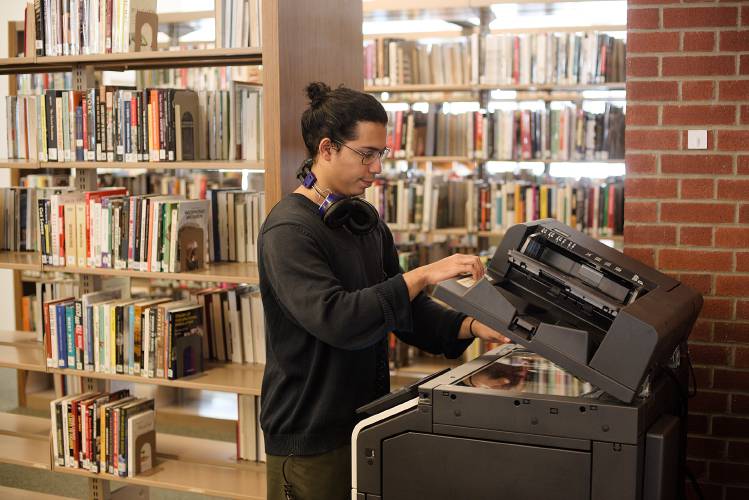
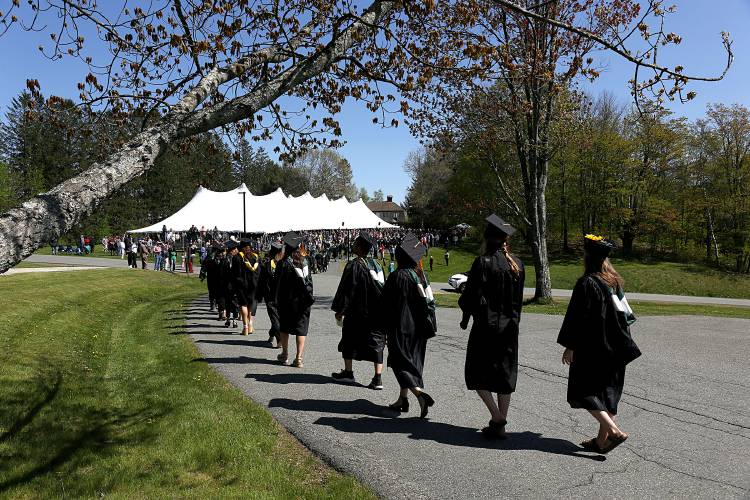
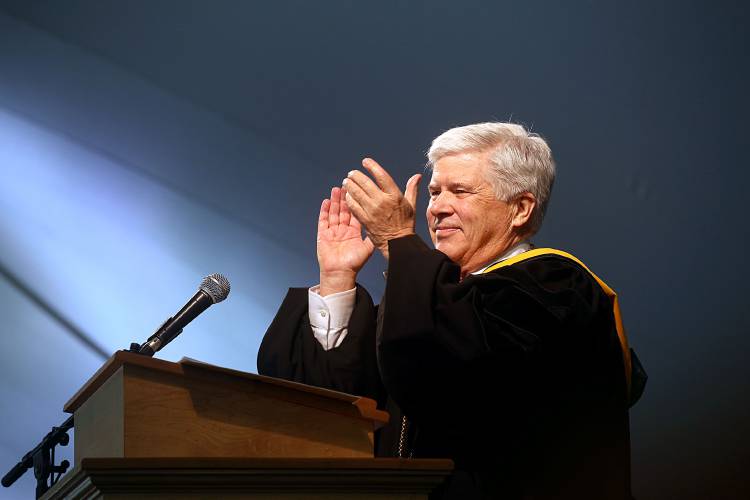
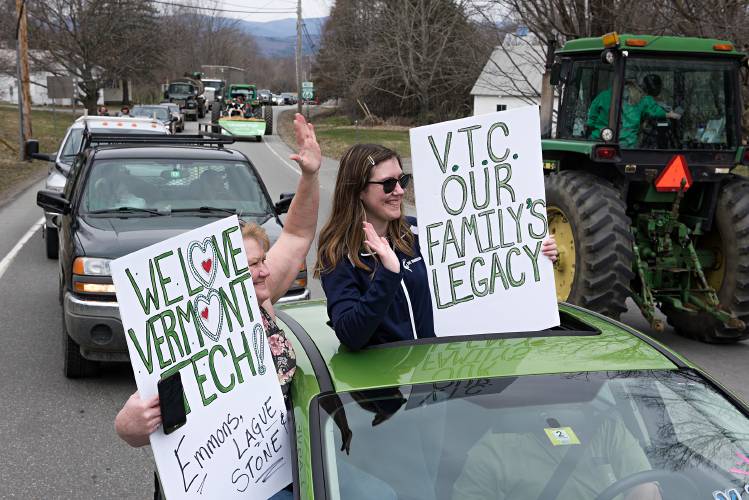
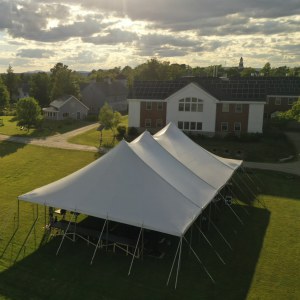 Big drop in tuition and aid is boosting Colby-Sawyer
Big drop in tuition and aid is boosting Colby-Sawyer 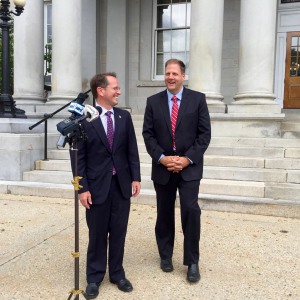 How NH Education Commissioner Frank Edelblut used his office in the culture war
How NH Education Commissioner Frank Edelblut used his office in the culture war
